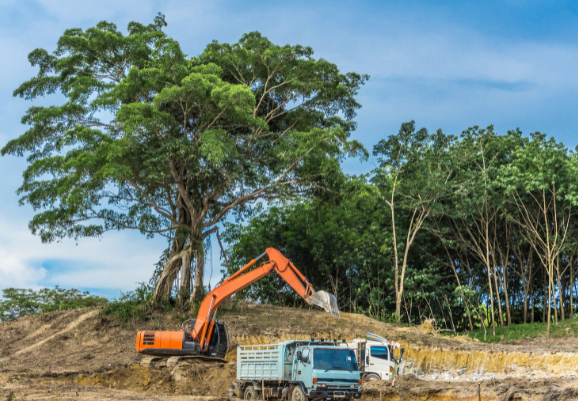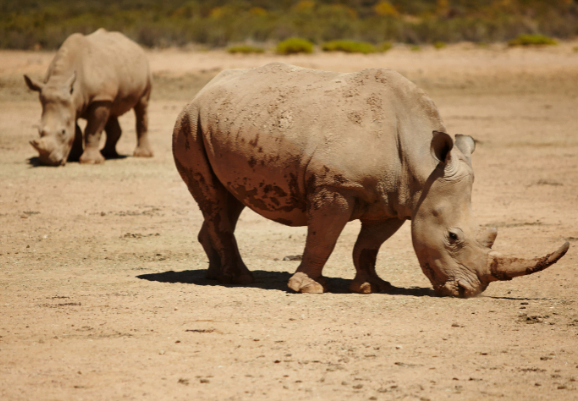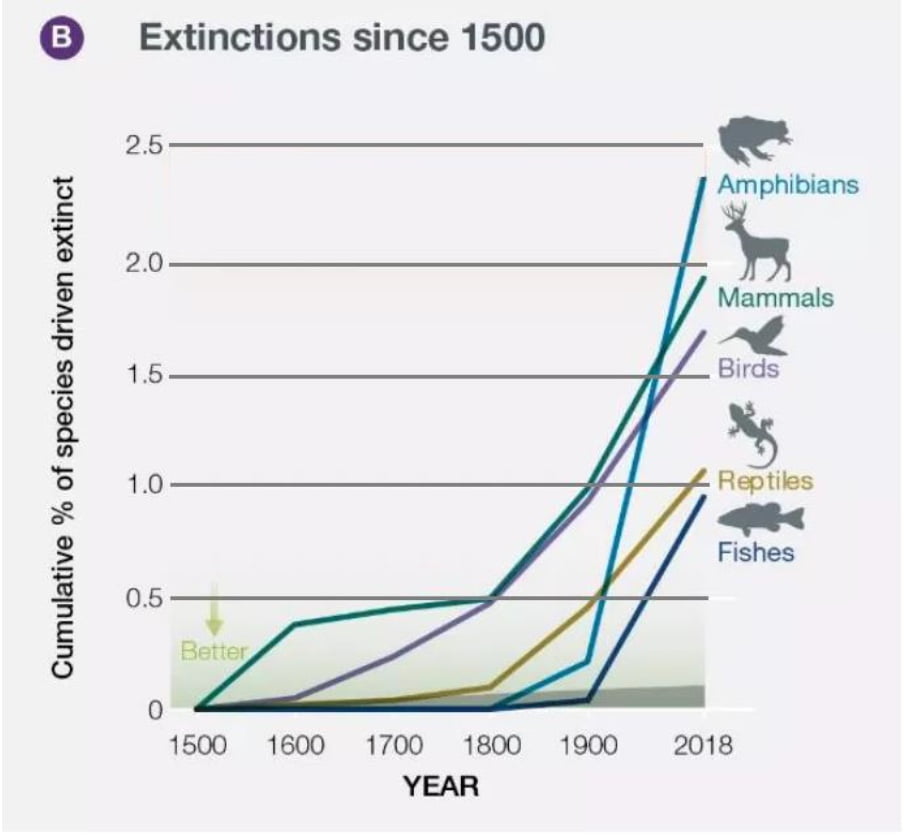- In a simple model, the surface area, S km2, of a shrinking rainforest depends on the time, t, in years since 1980.
The following information is available for rainforest A.
- its surface area in 1980 was 300,000 km2
- its surface area in 1981 was 294,000 km2
[4 marks]
The surface area of rainforest A is monitored over a 30-year period. Its surface area after 30 years is 150,000 km2.
b) Evaluate the reliability of your model in light of this information.
[2 marks]
The following information is known about rainforest B.
- it had the same surface area, in 1980, as rainforest A
- it is harder to access by road, so the rate of deforestation is less than rainforest B and its surface area decreases more slowly than that of rainforest A
[1 mark]




